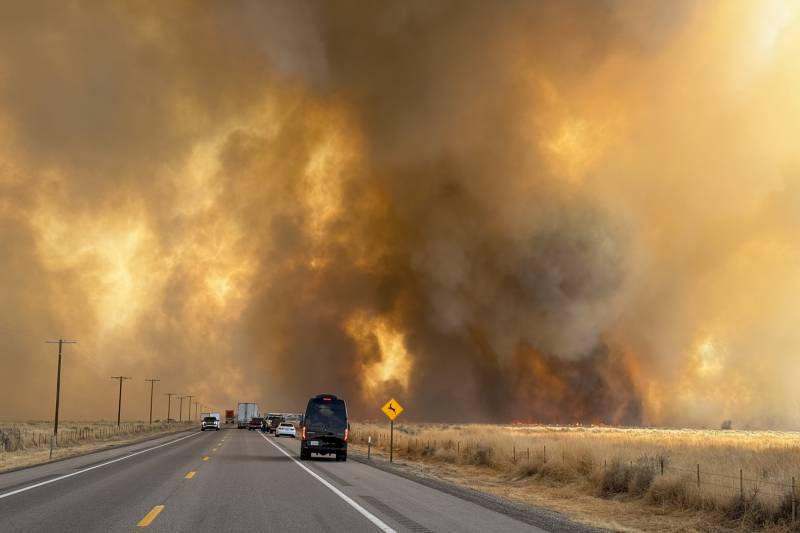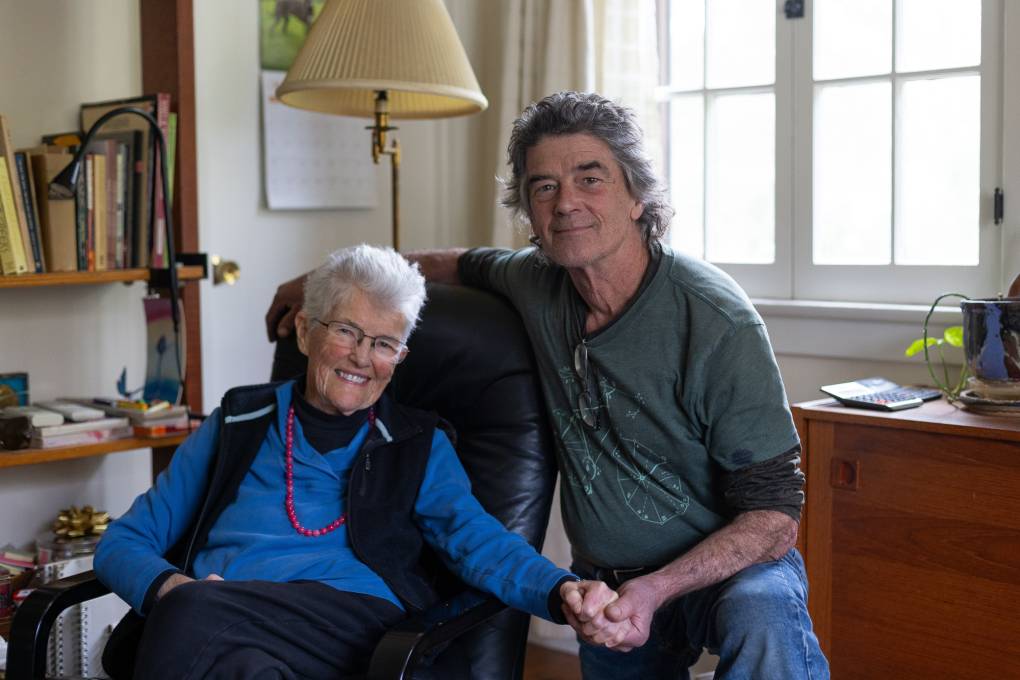Unlike farther north in the Sierra Nevada, where 2 feet of snow is expected by Tuesday, the mountains that span between Yosemite and Death Valley national parks are nearly bone-dry.
Castillo said it’s not uncommon for the region to have wildfires in the early spring, especially this year, since the last 18 months have been incredibly dry.
Bishop has only gotten 3.36 inches of rain since October, while the western flank of the Sierra has hit closer to 11 inches. Much like Los Angeles, where massive wildfires destroyed entire neighborhoods in January, the area around Bishop didn’t benefit from the storms that gave Northern California rainfall totals a boost in November and December and again in February and March.
“In the winter into the spring in the Owens Valley, they have not had a whole lot of rain,” Castillo said. “The lack of moisture over the last year and a half has led to some really dry fuel building up in that area.”
Castillo said that Laws, the unincorporated area of Inyo County where the fire sparked, has several layers of underlying vegetation that have died and dried up, making it “ripe for burning.”
Other parts of the valley are at a similar risk, she said.
“Alabama Hills, the areas around Independence, those areas all have a lot of vegetation that need to be thinned out,” she told KQED, adding that due to repeated wind events, it’s been difficult to do vegetation management work.
“A lot of areas in the Owens Valley have a lot of heavy fuel loading, and the potential for burning is very high,” according to Castillo.


